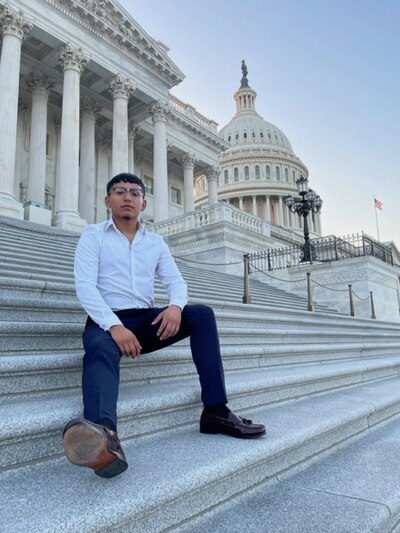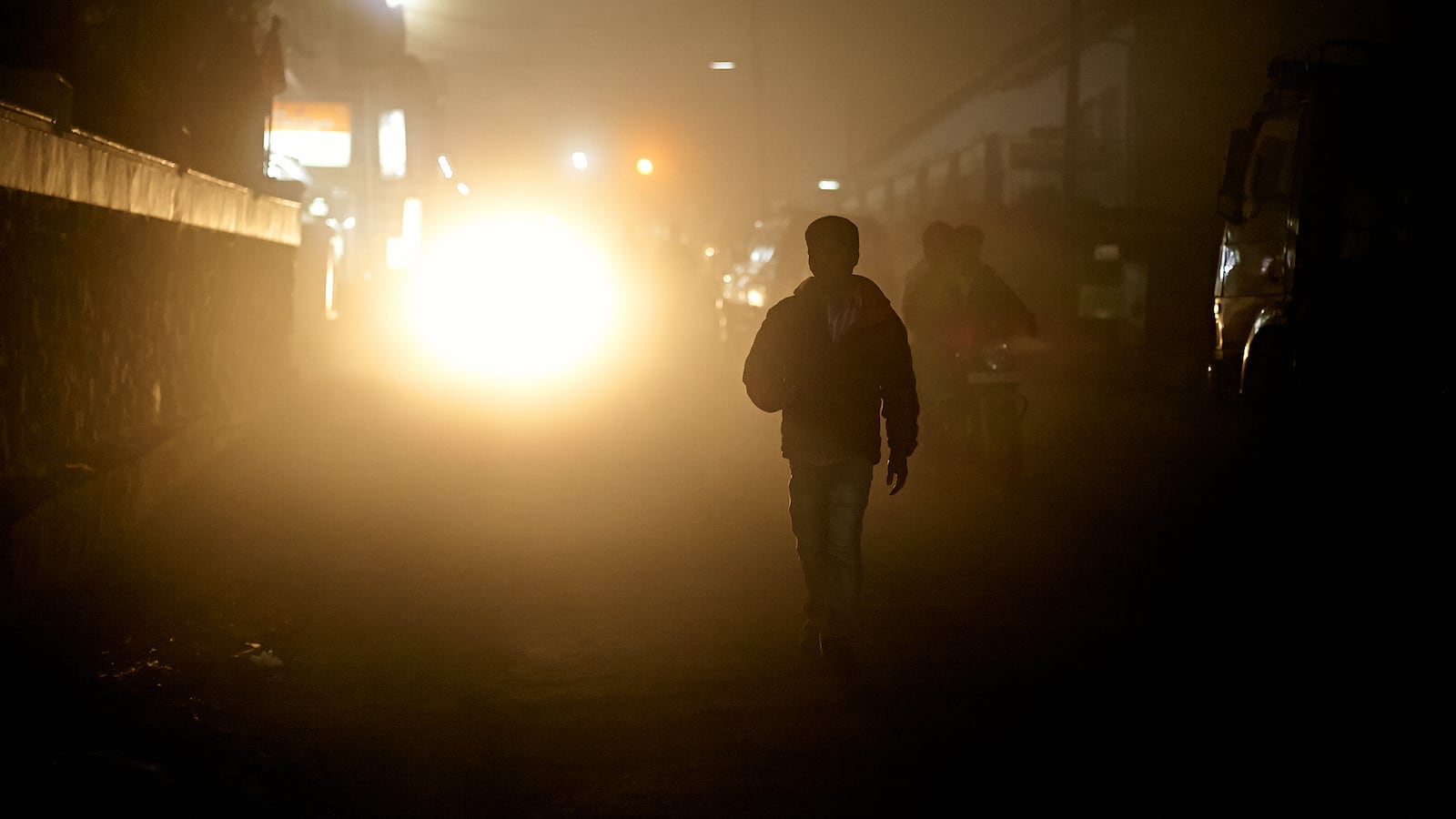When I was 17, I was living temporarily with a friend in Ardmore, Oklahoma, and going to school about 30 minutes away. It wasn’t ideal, but having left a challenging situation at home, this seemed better than the alternative. Then, the friend I was staying with had to move away.
Suddenly, I was alone with nowhere to go and very little support, so I looked for temporary places to live. Often, I had to stay with strangers, always wondering how long it would take them to tell me to leave. My family came to the U.S. from Guanajuato, Mexico, for a better life. But here I was, unable to focus on my studies or future goals, only on my survival.

My own unstable housing, along with other stressors, meant I had missed nearly two months of school. Almost forced to drop out, I managed to re-enroll at a school near where I was staying. That’s how I met Sabra Emde, Ardmore High School’s McKinney-Vento liaison. Sabra’s job is to make sure students experiencing homelessness have access to education and support.
Until I met Sabra, I hadn’t realized that there was a name for the situation I found myself in. When she first sat down with me and explained who she is and what she does, I was confused about why I was speaking with a woman who helps homeless students. I never thought of myself as homeless because I had a roof over my head most nights. She explained that even though I was often sheltered, where I stayed wasn’t always safe, and I could be asked to leave at any time. That meant I was, technically, homeless. And without a parent or guardian in my life, the government designated me an ”unaccompanied homeless youth.”
During the 2020-2021 school year, U.S. public pre-K-12 schools identified nearly 1.1 million students who experienced homelessness. Roughly 9% of homeless students were, like me, unaccompanied. Meanwhile, each year, an estimated one in 10 young adults, ages 18 to 25, experience homelessness unaccompanied by a parent or a guardian, according to a University of Chicago study.
Sabra helped me enroll at my new high school and connected me with resources for clothing, food, and hygiene supplies. As the school year went on, she continued to check in on me and offer support. For the first time in a long time, I no longer worried about when I would eat, where I would stay, or how I would wash my clothes. I felt like I was able to be a kid again, to hang out with the new friends I’d made, and focus on my education. My grades dramatically improved, from C’s and D’s to A’s and B’s. Sabra even helped me find a temporary but more stable living environment that ended up lasting past my high school graduation.
For the first time in a long time, I no longer worried about when I would eat, where I would stay, or how I would wash my clothes.
Sabra did so much for me during my junior year and the following summer. I don’t know how she managed it all while supporting so many other students experiencing homelessness in my school district. (A district official estimated that Ardmore City Schools serves between 150 and 250 homeless students during a typical school year.) When my senior year started, Sabra introduced me to her new colleague Keri Taylor. As a graduation mentor, Keri helped seniors prepare for life after high school. She gave me career assessments, connected me with college recruiters, and helped me apply for scholarships. All the while, Sabra and Keri kept reminding me that I had a bright future.
After graduating high school in 2020, I attended some community college before deciding to work full-time. My housing situation dwindles from time to time, but I always have somewhere to stay, thankfully. I’ve also found purpose in my life: I want to help people who experience situations like mine. One day, I hope to work for a nonprofit — or start my own nonprofit — that does direct outreach to people who don’t have stable housing, especially immigrants, and helps them get back on their feet.
I want to help people like Sabra and Keri helped me.
Carlos Lara-Gonzalez is a full-time worker who feels called to help others who are less fortunate.



